What is RAST – Risk Analysis Screening Tool?
RAST is a screening tool intended to provide users with guidance to assess and help prioritize their company-specific process safety risks by: • Effectively performing a Hazards Identification and Risk Assessment (HIRA) • Effectively developing incident scenarios based on specific process hazards and operating conditions • Providing qualitative Process Hazards Analysis (PHA) Teams with scenarios that can be used in a Hazards and Operability Study (HAZOP), and • Fill the void between the qualitative PHA and a Quantitative Risk Assessment (QRA) with the capability to perform a semi-quantitative Layer of Protection Analysis (LOPA) RAST is designed to provide both quantitative and qualitative risk analysis for processes that handle hazardous chemicals, materials, and energies. RAST can be configured to a company’s specific risk profile and its risk tolerance levels. RAST uses Risk Based Process Safety (RBPS) principles supported by the Center for Chemical Process Safety (CCPS).
Duiding score:
Duiding:
RAST assists with hazard identification, scenario development, consequence evaluation, and risk analysis. Starting at the level of equipment or activity, the Excel tool identifies chemical and process hazards. Then it determines what can go wrong by developing scenarios, how bad it could be by analysing consequences and how often it might happen by estimating frequencies. Subsequently, risk tolerance is determined and where needed additional safeguards can be implemented. RAST is supported by a free 126 page user manual and an Excel based CHEF calculation aid.
Doelgroep(en):
- HSE managers
Risicothema:
- Process Safety - Asset Integrity Management - Algemeen
- Risk | Control | Assurance - Algemeen
| Categorie | Uitgever | Maker | Taal |
|---|---|---|---|
|
Veelgestelde vraag (FAQ) |
- |
AIChE Center for Chemical Process Safety (CCPS) European Process Safety Centre (EPSC) |
English |

